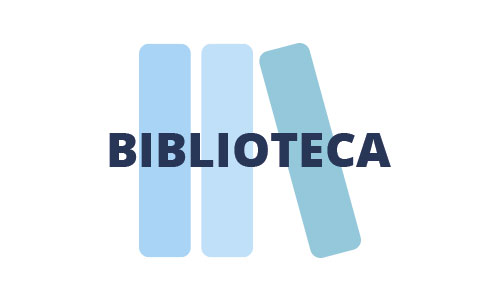High ionic conductivity in confined heterostructures
 1
/
1
1
/
1

El lunes 24 de abril de 2017 el Dr. Simone Sanna del Department of Energy (Technical University of Denmark, Roskilde, Denmark) impartirá la conferencia en la sala multimedia del SCAI a las 12.30h
The charge transport in oxide thin films could be tuned by the lattice strain engineering resulting in a new class of materials that can be considered fundamental bricks of new generation of devices for energy storage, conversion, and information [1-5].
In particular oxide heterostructures are a very promising type of artificial materials owing to possibility to manipulate the ionic and electronic properties at the interfaces by controlling the properties of the different layers, e.g. epitaxial strain. In these heterostructures, size effects of the layers can lead to enhanced conductivity of the charge carries at the interfaces when, for example, the number of interfaces is increased and/or the thickness of the individual layers decrease.
High conductivity in thin heterostructures is often attributed either to the presence of a high density of defects, strain at the interface or space charge effects [1-2]. The latter is the case for heterostructure made of alternate layers of doped Ceria (SDC) and stabilized Zirconia (YSZ) where the ionic conductivity can increase about two order of compared to bulk [2].
However we have demonstrated that the heterostructures could be engineered in order to preserve materials with high ionic conductivity but usually, unstable by confining in more stable materials. This is the case for heterostructures based on bismuth-oxide-based materials.
Indeed δ-Bi2O3 with the fluorite structure can be confined at room temperature by depositing alternating layers of bismuth-based oxide material stacked between fluorite materials as Gadolinium-doped Ceria (CGO) or YSZ [4-5]. As consequence, the heterostructures based on bismuth-oxide remain stable without degradation under oxidizing and reducing conditions for a wide range of temperatures, and maintain the high ionic conductivity characteristic of the typical bismuth oxide.
References
[1] N. Sata, K. Eberl, K. Eberman, J. Maier. Nature, 408 (2000) 946-949.
[2] S. Sanna, V. Esposito, A. Tebano, S. Licoccia, E. Traversa, G. Balestrino. Small 6, (2010) 1863-1867.
[3] E. Dagotto. Science, 318 (2007) 1076-1077.
[4] S. Sanna, V. Esposito, J.W. Andreasen, J. Hjelm,W. Zhang, T. Kasama, S. B. Simonsen, M. Christensen, S. Linderoth, N. Pryds, Nat. Mater. 14, (2015) 500-504.
[5] S. Sanna, V. Esposito, Mogens Christensen, Nini Pryds. APL Mater. 4, (2016) 121101 1-5.








